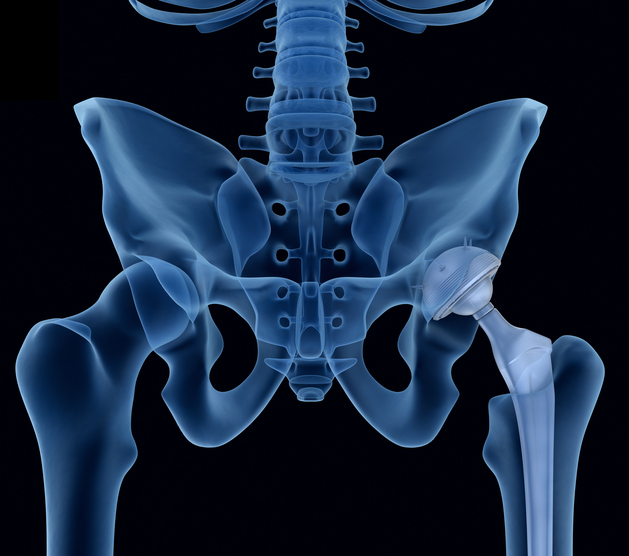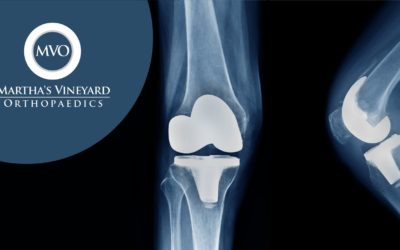Forearm Fractures in Children
The bones of the forearm are the radius and the ulna. If you hold your arm naturally by your side, the ulna is the bone closer to you and the radius is farther away.
Fractures of the forearm can occur near the wrist at the farthest (distal) end of the bone, in the middle of the forearm, or near the elbow at the top (proximal) end of the bone.
A child’s bones are also subject to a unique injury called a growth plate fracture.
Growth plates are made of cartilage near the ends of children’s bones. They help determine the length and shape of the mature bone.
Fractures of both bones in the forearm.
Fractures in a child’s bones begin to heal much more quickly than an adult’s bones. If you suspect a fracture, you should obtain prompt medical attention for the child so that the bones can be set for proper healing.
Cause
Children love to run, hop, skip, jump and tumble. But if a child falls onto an outstretched arm, he or she might break one or both of the bones in the forearm.
Symptoms
In most cases, a broken forearm causes severe pain. Your child’s forearm and hand may also feel numb.
Diagnosis
- Any type of deformity about the elbow, forearm, or wrist
- Tenderness
- Swelling
- An inability to rotate or turn the forearm
your doctor will also test to make sure that the nerves and circulation in your child’s hand and fingers have not been affected.
The hand, wrist, arm, and elbow can all be injured during a fall on an outstretched arm.
To determine exactly what injuries have occurred, your doctor will probably want to see x-rays of the elbow and wrist, as well as the forearm.
Treatment
Nonsurgical Treatment
- Any type of deformity about the elbow, forearm, or wrist
- Tenderness
- Swelling
- An inability to rotate or turn the forearm
your doctor will also test to make sure that the nerves and circulation in your child’s hand and fingers have not been affected.
The hand, wrist, arm, and elbow can all be injured during a fall on an outstretched arm.
To determine exactly what injuries have occurred, your doctor will probably want to see x-rays of the elbow and wrist, as well as the forearm.
Surgical Treatment
Surgery to align the bones and secure them in place may be required if:
- The skin is broken
- The fracture is unstable — the ends of the broken bones will not stay lined up
- Bone segments have been displaced
- The bones cannot be aligned properly through manipulation alone
- The bones have already begun to heal at an angle or in an improper position
- After the bones are aligned, the physician may use pins, metal implants, or a cast to hold them in place until they have healed.






